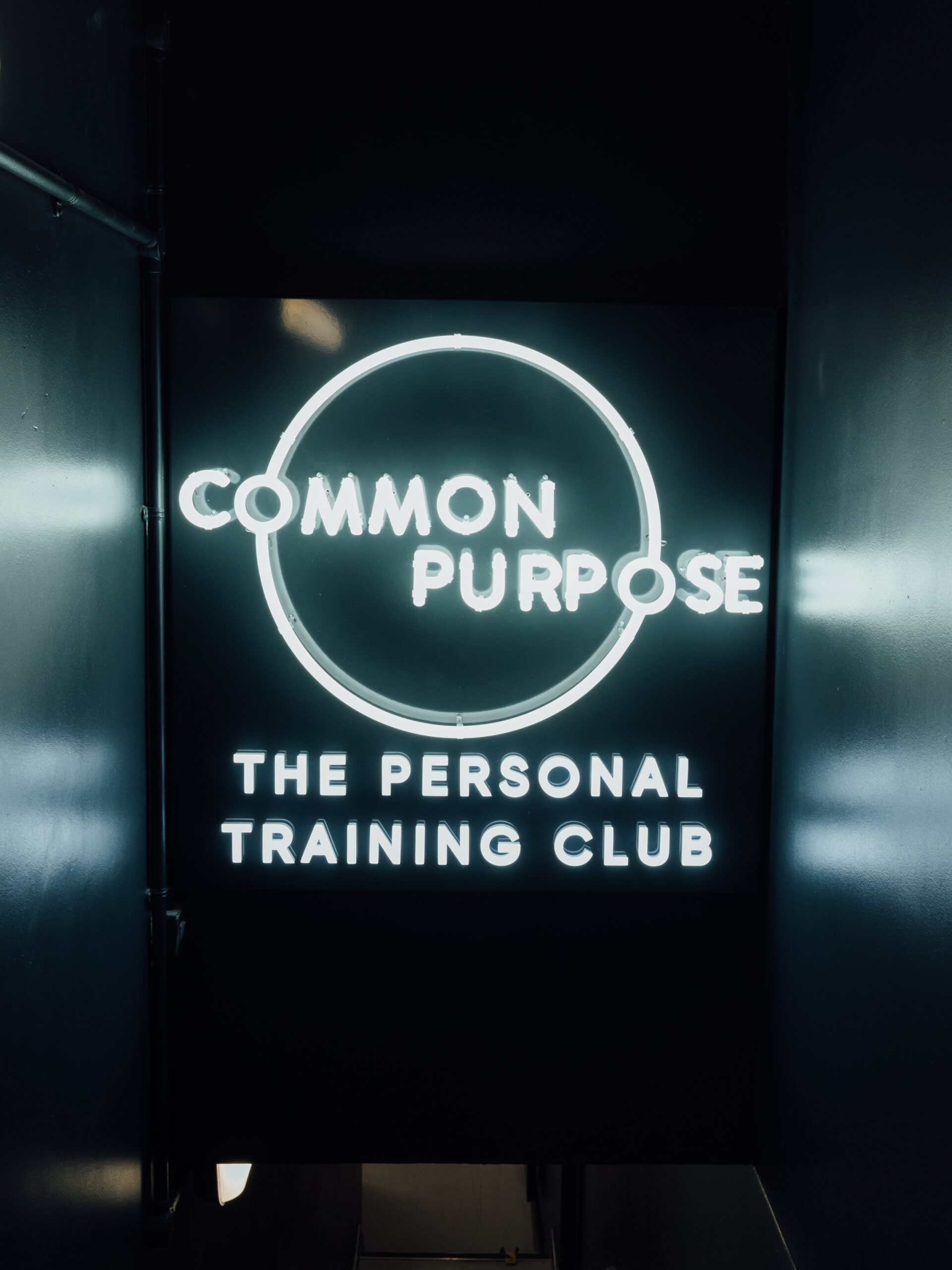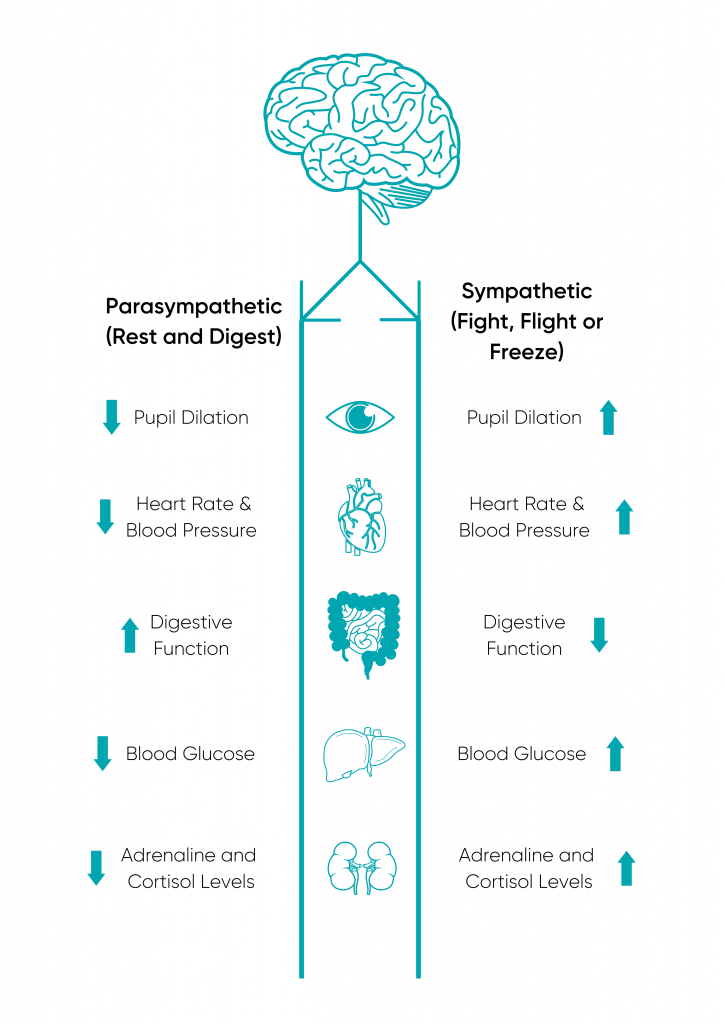Most of your waking day is spent in the fight, flight and freeze mode, especially if your work and social lives are highly demanding (like most of us!). It’s therefore crucial that you’re able to transition into rest and digest mode so that you’re mentally and physically prepared to fall into a deep, uninterrupted sleep. This is the purpose of the pre-bed routine, to allow this natural transition to occur.
The Typical Scenario
You may have discovered a new Netflix series, or want to catch up on that piece of work you left until the last minute, whatever it may be, sometimes our evenings get hijacked by one thing or another. You glance at the clock, and it’s midnight all of a sudden! To make things worse, you’re up at 6 am for an early meeting. So you’ve left yourself just 6 hours to prepare for bed and get your 40 winks.
We’ve already established that consistently getting less than 6 hours of sleep a night can be diagnosed as “chronic sleep deprivation”, which can have all manner of negative consequences for your physical and mental health. This is why we advise that all of our clients give themselves at least an 8-hour “window of opportunity” for sleep (especially if they’re working and training hard).
Take the aforementioned scenario, where you have to wake up at 6am. This means, in an ideal scenario you’d be relaxed and in bed by 10pm. We recommend 45mins – 1h adequate time to make the transition from sympathetic to parasympathetic mode. This means you should be initiating your pre-bed routine at 9pm. We will use this scenario and map out our recommended pre-bed routine, providing a time stamp and evidence-based rationale at each step.
During the day – Set an alarm to initiate your routine
First things first, we need to avoid the usual scenario of the evening “running away” from us with boxset binges, social media scrolling, internet browsing and last-minute work prep. You set yourself an alarm to wake up, why not set one to prompt your pre-bed routine? In our previously chosen scenario, we would set an alarm for 9pm, giving us 1 hour to wind down and be in bed for 10pm. Why not use your usual wake up time to reverse engineer your pre-bed routine alarm now?
9:00pm – Alarm goes off and so do the screens
Once your pre-bed routine alarm sounds, all screens go off. Blue lights are mentally stimulating and can disrupt your circadian rhythm (1). The aim of the game here is to achieve the exact opposite of stimulation. So tear your eyes away from your phone/tablet/laptop/tv, disconnect from the virtual world, it’s time to enter the twilight zone…..reality!
9:05pm – Prepare your bedroom
The state of your sleep environment is crucial when it comes to achieving a good night sleep. There are a few simple, but critical rules to follow in this regard:
- Clean and tidy – your immediate environment has a reciprocal relationship with your state of mind. A room full of clutter and chaos will hinder your ability to switch off. At the risk of sounding like a mother telling off her teenage kid….tidy your room!
- Dark and cool – Our body uses light and temperature as key indicators to regulate our circadian rhythm. We get our best night’s sleep in cool dark environments. Set the thermostat to 65 degrees Fahrenheit (18 degrees Celsius), and try to get the room as dark as possible (you shouldn’t be able to see your hand 5 inches in front of your face).
9:15pm – Run a warm bath
Run yourself a nice warm bath, if you don’t have one or don’t like them, a warm shower will do. According to sleep expert Matthew Walker (@sleepdiplomat) and author of Why We Sleep,
“We know that your core body temperature needs to drop by about 2 to 3 degrees Fahrenheit to initiate good sleep and then maintain deep sleep.”
Contrary to popular belief, a warm bath helps drop your core body temperature as the blood is directed towards the skin’s surface. Like an elephant’s ears, your hands and feet are great radiators of heat and they help charm the temperature away from the body’s core. Kind of cool right? (Pun intended!). Read this article for more information about warm baths and sleep.
9:20pm – While the bath’s Running….Stretch, foam roll and breath
Tai chi, yoga and meditation…what do all of these practices have in common? They all use breath as a focal point for mental and physical relaxation. As previously mentioned, the Autonomic Nervous System (ANS) runs largely…well…autonomously. That is, without conscious control. But, with some practice, we can tap into the ANS and flux between the parasympathetic and sympathetic subsystems through the art of breathing.
Try this…
Start to breath short, sharp, shallow, quick breaths and observe what happens. Chances are your heart rate will increase (along with your blood pressure) as adrenaline and cortisol are released into your blood system and if you look in the mirror your pupils will have dilated. Congratulations, you’ve successfully activated your sympathetic nervous system…you’re ready for a run…or a fight!
The opposite is required when you’re preparing for bed. After some slow, deep, easy breaths, your heart rate will drop, stress hormones will drop and you’ll enter a much more relaxed state of mind by increasing parasympathetic tone (2). You can do this whilst following a guided meditation, stretching or foam rolling as the bath is running, give it a go for 10 minutes and see how you feel. Give Dr Belisa Vranich (@drbelisa), breathing expert and author of Breathing for Warriors, a follow for more information about the art of breathing.
9:30pm – In the bath: Read an actual book or listen to calming music
Reading real (paper) books takes the blue light out of the equation. Reading is fantastic for many cognitive and mental health outcomes, and according to the National Sleep Foundation, it can also help separate your mind from the stresses of daily life.
Music is another powerful tool we can use to enter a relaxed state. Calming music (scientific studies usually use the classical genre) has been shown to reduce sympathetic nervous system activity, decrease anxiety, blood pressure, heart and respiratory rate and may have positive effects on sleep via muscle relaxation and distraction from thoughts. According to a meta-analysis of 10 randomised studies on the use of music to aid sleep (3), it was concluded that:
“Music can assist in improving the sleep quality of patients with acute and chronic sleep disorders. For chronic sleep disorders, music showed a cumulative dose effect and a follow-up duration of more than three weeks is necessary for assessing its efficacy.”
10pm – Time to Sleep!
When in bed, don’t put yourself under too much pressure to sleep. Paradoxically, highlighting the importance of sleep can increase one’s anxiety and stop people from nodding off! Some nights will be better than others and the odd bad night sleep is perfectly normal.
Summary
This pre-bed routine aims to give yourself the best opportunity for a good night’s sleep, it is not a guarantee. The purpose of this article was to outline an example pre-bed routine and suggest some evidence-based methods to help prepare your body and mind for sleep. It’s useful to create your routine and find out what works for you! We know that building healthy habits requires consistency and persistence, so give this a go for a few weeks and let us know how you get on!
 Common Purpose Team
Common Purpose Team




